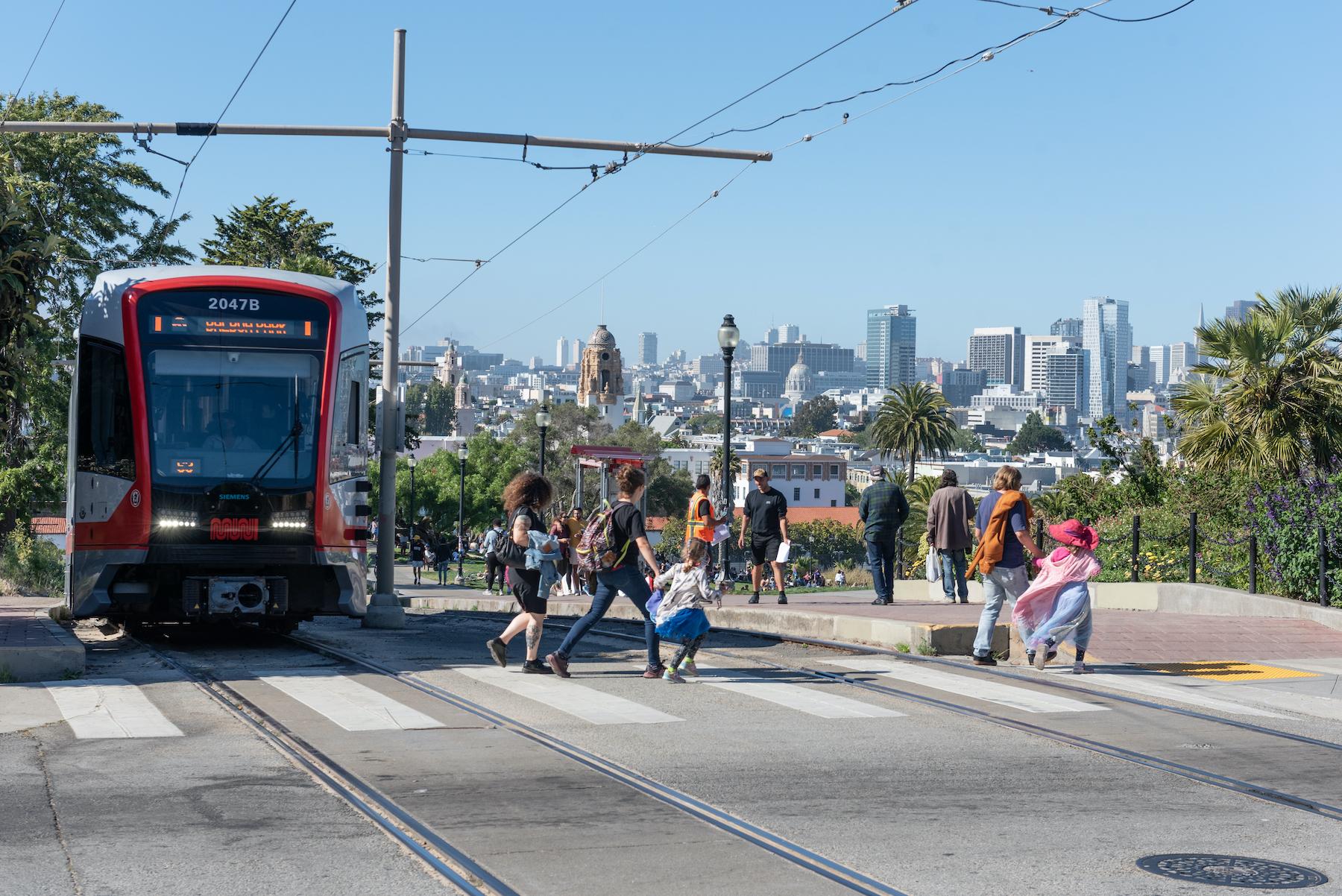Medical experts urge lawmakers to practice treatment equity, call for more tests to be administered to lower-income areas
ONE month ago, lawmakers across the United States, including President Donald Trump, questioned the veracity and severity of the novel coronavirus within the U.S. despite warnings from the medical community.
Back then, there were only a handful of cases across all 50 states; only 100 cases were reported as of March 2.
Today, there are 190,740 cases and counting, according to the latest figures from the Johns Hopkins Coronavirus Resource Center.
In a matter of weeks, the cases and deaths by COVID-19 skyrocketed, especially in states like California and New York. On March 2, New York Governor Andrew Cuomo announced the state’s first confirmed case; as of March 31, there are more than 38,000 cases and 1,218 deaths across the state (914 deaths in New York City alone).
The exponential rise in cases and deaths prompted a national emergency declaration from Trump and countless state and local safer-at-home measures.
In a virtual press briefing on Thursday, March 27 hosted by Ethnic Media Service, doctors and medical experts addressed the state of affairs within the health care industry regarding the exponential rise of the pathogen.
Addressing the gravity of the current situation, the doctors wanted to nip one thing in the bud: although it is similar to other infections like the common cold or the flu, the COVID-19 virus is shaping up to be more deadly and the public ought to treat it more seriously.
“As a doctor, I’ve never seen doctors so scared by an infection, ever,” said Dr. Tung Nguyen, an internist at the University of California, San Francisco, emphasizing the importance of prevention. “Every thousand people infected, 15 to 45 people will die, which is 15 to 50 times more deadly than the seasonal flu.”
“No health care system can deal with uncontrolled spread and at this point, the most important thing in terms of prevention are two words: stay home,” Nguyen said. “Every time you interrupt a point of transmission, the downstream effect is huge. Having one person not infected isn’t just protecting that one person, it’s actually protecting many, many other people.”
He also warned the public about the airborne nature of the virus, sharing that people should “be wary of touching objects because right now, the data shows that the virus may be in the air for up to three hours on cardboard, for up to 24 hours on plastic, and 72 hours on steel.”
Preventative care, as Nguyen emphasized, is the first line of defense against the spread of the disease. In terms of treatment, Nguyen said that tests for the virus should only be administered to those who show symptoms.
The lack of tests, as well as the lack of ventilators and other medical equipment, have been a concern for medical professionals, especially those on the front lines like EMTs and ER and ICU nurses.
In regards to the testing, Nguyen said, “In my view, most reputable testing centers should not test people without symptoms,” and added that people should consult their primary care physicians. (In Los Angeles County, you cannot get a test without permission from a physician.)
But whatever the number of confirmed cases may be on any given day does not reflect the true scope of this pandemic, and many factors stand in the way of obtaining a test for swaths of the community.
Inequities
Dr. Daniel Turner-Lloveras of Harbor-UCLA Medical Clinic lamented the legislative barriers that may make testing and treatment inaccessible to 43% of the undocumented community who don’t have health insurance, especially after the Trump administration’s new public charge rule that took effect on Feb. 23.
“We cannot contain a virus outbreak by providing care to only some of the population. We cannot successfully contain an outbreak if there are those among us who are afraid to seek care,” Turner-Lloveras remarked.
To his point, the lack of testing also “disproportionately” puts lower-income communities at a disadvantage. As an advocate for medical equity, he’s worked with other community leaders to establish hospitals as “ICE-free zones” to serve undocumented immigrants who may be hesitant to seek medical care for fear they would be captured by Immigration and Customs Enforcement.
Rishi Manchanda, doctor and founder of the medical advocacy organization HealthBegins, mirrored Turner-Lloveras’ thoughts on the social equity concerns of the pandemic, which has negatively affected the economic well-being of people of color.
“Lower wages and insufficient insurance coverage limits their access to treatment and often forces them to work even while ill, increasing the risk of exposure to the community,” Manchanda explained, pointing out that many people of color and immigrants work in service industries like health care, transit systems or in grocery stores, which further puts them at risk for exposure.
The social inequity of this pandemic is multilayered, but one aspect of that that the speakers emphasized was the growing incidents of anti-Asian racism and hate.
Written extensively in the Asian Journal, Asian Americans and Pacific Islanders (AAPIs) have reported disturbing instances of verbal abuse, harassment and violence by people who accused them of having the virus or blaming them for the virus’ spread.
“This is obviously a very challenging time for all Americans, and unfortunately, it has been made worse by racism and xenophobia that is targeting our Asian American communities,” said Manju Kulkarni, executive director of the Asian Pacific Policy and Planning Council (A3PCON), who shared the rise of hate crimes and acts of hate against Asian Americans in the wake of the COVID-19 outbreak, which began in Wuhan, China.
According to Kulkarni, A3PCON has received more than 750 reports of hate crimes and acts of hate in the month of March, all related to the COVID-19 virus.






